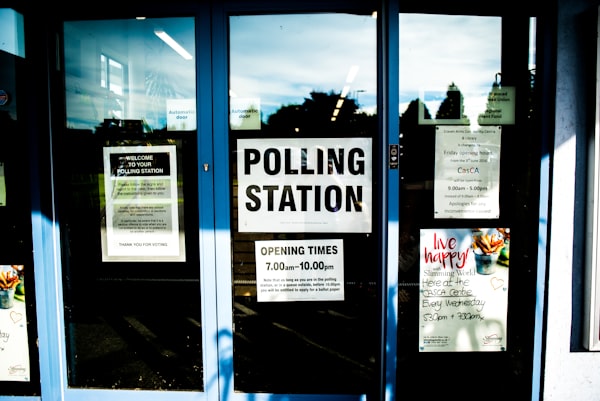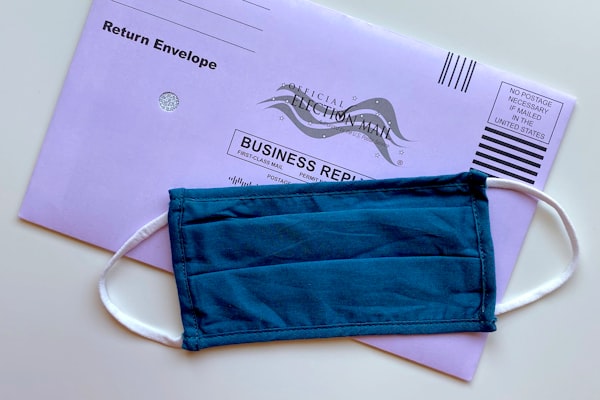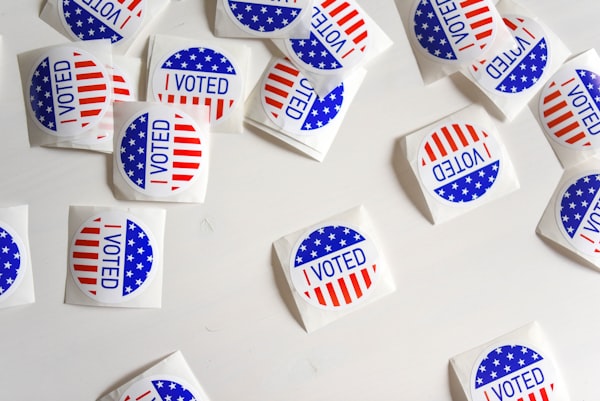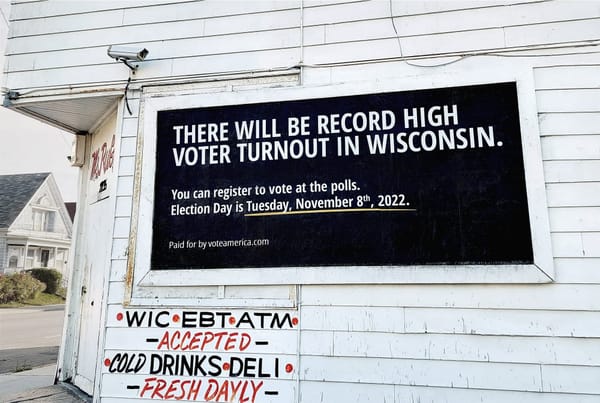Can text messages save democracy?
Debra Cleaver here. I originally published the below on Medium on August 31, 2017. At the time I was the founder and CEO of Vote.org. Now I am the founder and CEO of VoteAmerica. I've reprinted the article here because that Medium publication is long gone.
Chances are you’ve seen a young person standing in the sweltering sun, holding a clipboard and trying to register people to vote. If so, you have firsthand experience with “site-based voter registration” — one of the most common forms of voter registration in the United States. Site-based registration is expensive, time-consuming, and a bit unpleasant for all involved. But thanks to the antiquated nature of voter registration in America, site-based registration dominates the civic engagement space.
Ideally, we’d have universal automatic voter registration, where everyone would be registered to vote the day they turn 18. But we don’t live in that ideal world, far from it. Only 37 states have online voter registration in 2017, which means that about 49 million voting-eligible Americans are forced to print and mail paper voter registration forms if they want to participate in elections. Think about it: Do you have access to a printer? Ink hasn’t run out? Stamps? How far is your mail box?
And we wonder why voter turnout is so low.
Vote.org, the organization I founded 6 years ago, wants to reach as many voters as we can, for as few dollars as possible, and we want to reach them yesterday. So in August 2016, we set out to determine if there was a faster, cheaper, more efficient way to register voters than site-based registration. Turns out there is: text messages.
Why text messages? Some 95% of Americans have cell phones, and 90% of text messages are read within three minutes. If you want to reach people right now, you try their cell phones. So that’s what we did.
First, I asked our friends at TargetSmart, a political data firm, if we could purchase the cell phone numbers of likely unregistered voters. They confirmed that we could. Then I asked our friends at Hustle, a peer-to-peer text messaging platform, if we could use their tool to send text messages directly to potentially unregistered voters. They confirmed that we could. Then I asked the Analyst Institute, a social science research firm, if they could help us design and evaluate a controlled experiment. They agreed. Finally, I pitched our idea to the Y Combinator venture capital community and found some bold funders who were willing to put dollars into our experiment. And then we hired about 40 people to send personalized text messages to some 850,000 unregistered voters, urging them to register to vote. To accomplish that, my team and I bought almost every Chromebook we could get our hands on in the Bay Area, we definitely got some strange looks in the stores. However, once we assured the store managers we didn’t intend to return the computers they were on board!
We had two questions we wanted to answer. First, would this work? Second, would it be cost-effective? The answer to both was a resounding YES. Not only were we able to register 26,000 hard-to-reach-voters, but we were able to do so at a cost of $10 per registration form, which is cheaper than site-based registration. What’s more, our newly registered voters actually turned out to vote. The cost per net-new-vote was $77, which means for every $1,000 we spent, 13 people voted who would have otherwise stayed home.
We learned a lot during this experiment and there’s lots of room to improve. Some of our key takeaways:
- Data quality for these unregistered voters isn’t great. We started by using people’s first names when we contacted them to personalize the messages. We quickly found out that we often had the wrong names or that people had passed the phone off to a family member or friend.
- Most state web sites for online voter registration are terrible user experiences. Analyst Institute has coined the phrase “leaky funnel” to describe this problem. Unfortunately, only a handful of states allow people to complete the voter registration process entirely outside of their site: at some point the voter has to complete their application on the state site. If you’re on your mobile phone and you go from a nice optimized experience to a site you might not even be able to read on your device, that quickly can lead you to abandon the registration. Vote.org will continue to work on solutions to this “leaky funnel” problem and push states to make the registration experience easier.
- Unsolicited SMS contact is a new experience for most people. There’s a lot of room to experiment with different types of messages and messengers to see which perform better.



